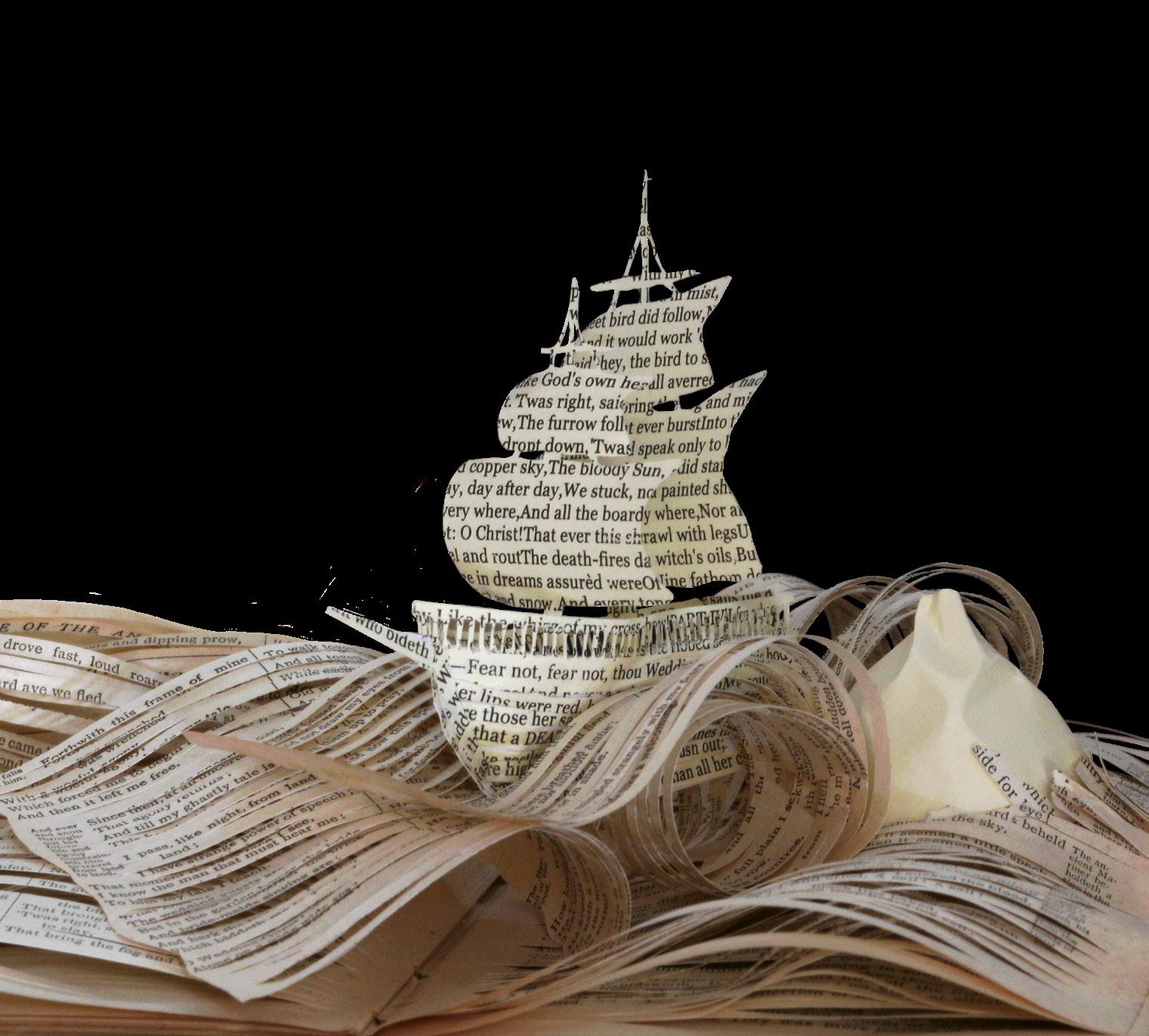






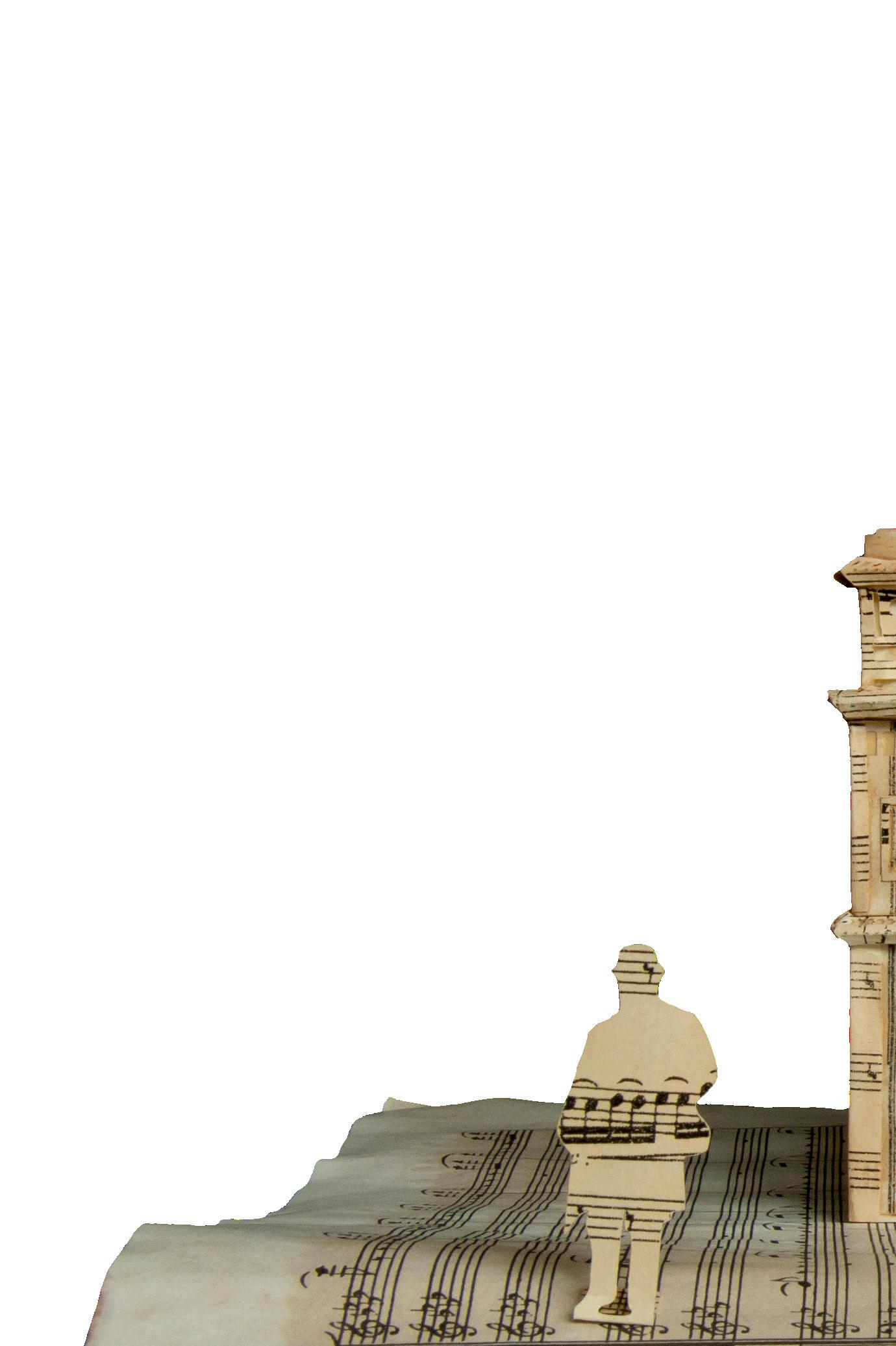
The idea of a journey excites us all. Whether it is a new adventure or one we have made dozens of times before. Travel and the idea of leaving home left a deep impression on the British and European mindset in the 17th and 18th centuries. And, of course, it is one of the great literary metaphors with the promise of discovering something about ourselves on the way to our destination.
The 18th century was a whirlwind of correspondences. International navigation was leaping forward with Captain James Cook’s maritime expeditions whilst newspapers, novels and engravings were distributing ideas and images in a manner previously unparalleled. As a result, the intellectual aspiration of the common man gained a wholly new stride. One which would reach beyond the bounds of the immediate and conventional into new realms of existence: far off lands, radical political thought, belief beyond convention and transports of the artistic soul which would make the desperate leap into the passions and turmoil of romanticism. The song of travel eventually becomes the realisation of self as hero in the flight from non-social space to the strange and wonderful of the 19th century: exoticism, opiate dreams, mesmerism, madness and the supernatural.
The music we’ve selected for the season reflects journeys that are physical and of the mind. It is the work of creative thinkers that were able to imagine unknown places through the descriptions of others, to put the fantastical to use to satirise the contemporary, to reimagine the past in new ways, to explore our individual freedom, our sense of collective belonging, and the need to travel to find their own place in the world, a journey many of us still make today.
Thank you for joining us today and supporting not just the OAE but live performance by the whole cultural community. Music by its very existence is about community and shared journeys, an adventure that looks beyond that which divides us to seek joy in common belief.
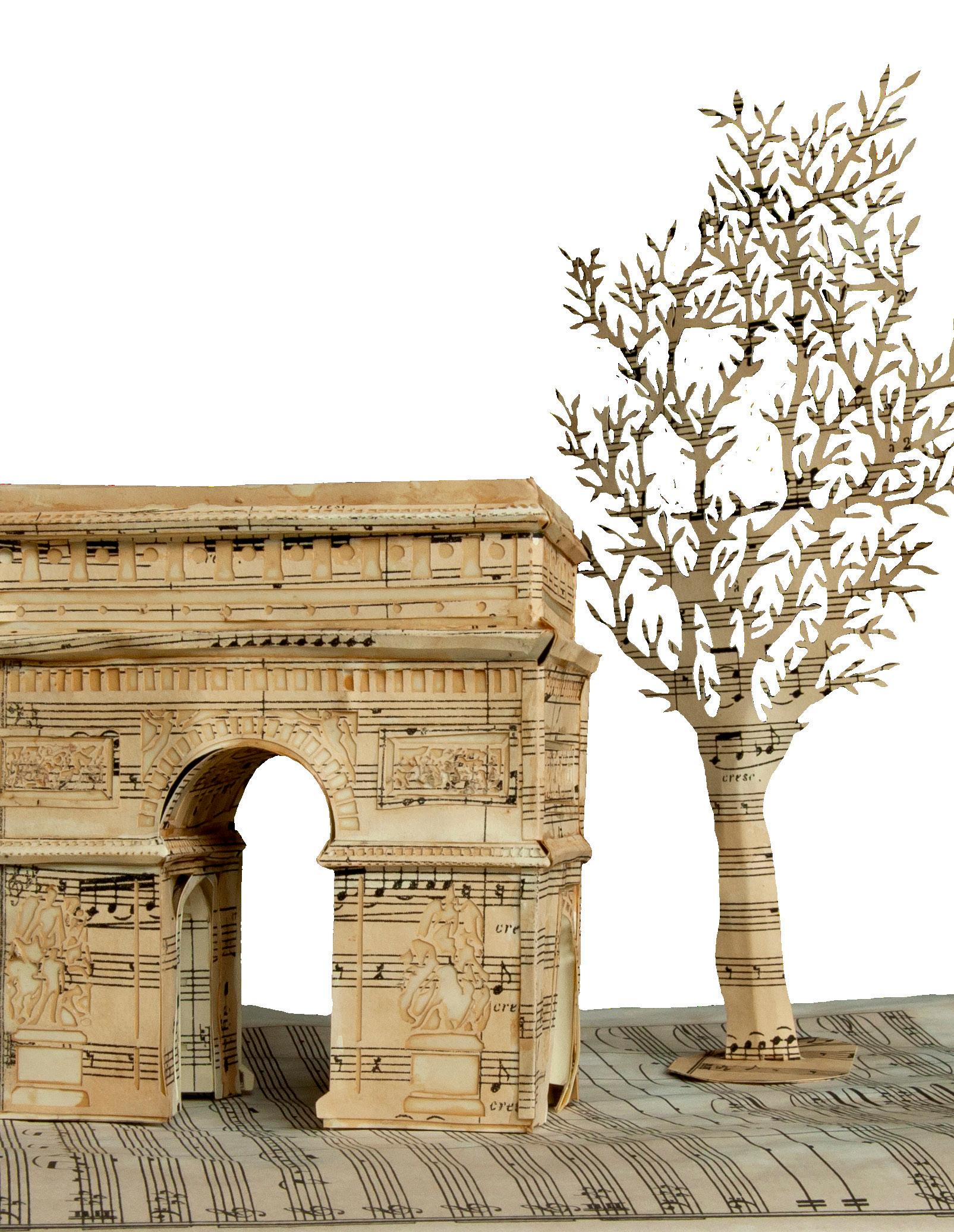
Camille Saint-Saëns is a composer we think we know. Yet when we look and listen more carefully we realise that he is constantly surprising us.
Tonight is the latest in a series of concerts in which we have ventured deep into the 19th Century – and where we will return in June with Princess Ida – to apply the microscope of historically-informed performance practice to ‘Romantic’ era music. The almost always attractive surface of the music hides beneath it many currents. Music that appears very French and of its time, but reveals a fascination with the past whilst being open to the innovations of his European colleagues such as Liszt and Wagner.
Saint-Saëns’ work sits well within our season theme of travel. The influences of his own travels found their way into the music, whilst the advancements of the time in transport, technology and communication enabled his work to reach wider audiences. Saint-Saëns’ long term popularity in the UK is demonstrated in the fact that the final piece on the programme, the Symphony No. 3, had its premiere here in London under the composer’s direction.
You can explore these ideas in more depth in the preconcert talk, the article in this programme and in videos on our YouTube channel. Tonight’s soloist Steven Isserlis has long been a champion of Saint-Saëns as a composer and as an Enlightenment figure. We are delighted to welcome him along with our other guest artists, Maxim Emelyanychev and James McVinnie.
We hope you enjoy rediscovering Saint-Saëns’ wonderful music with us tonight.
There will be a pre-concert talk ‘Saint-Saëns: reactionary or radical?’ by Robert Samuels at 6.00pm in the Level 5 Function Room, Green Side, Royal Festival Hall.
Thursday 26 January 2023
7.00pm at the Southbank Centre’s Royal Festival Hall
CAMILLE SAINT-SAËNS (1835 – 1921)
Phaéton
Cello Concerto No. 1 in A minor
I. Allegro non troppo
II. Allegretto con moto
III. Allegro non troppo (Tempo primo)
Danse macabre
Symphony No. 3 in C minor (Organ Symphony)
I. Adagio – Allegro moderato – Poco adagio
II. Allegro moderato – Presto – Maestoso – Allegro
Steven Isserlis cello
James McVinnie organ
Maxim Emelyanychev conductor
This concert is being recorded by BBC Radio 3 and will be broadcast on 28 March at 7.30pm
This concert is supported by Julian & Annette Armstrong
Violins I
Matthew Truscott (Leader)
Kati Debretzeni
Ken Aiso
Andrew Roberts Julia Kuhn Kinga Ujszaszi
Dominika Feher Rachel Isserlis
Claudia Delago-Norz Henry Tong Claire Sterling Stephen Rouse
Violins II
Margaret Faultless Huw Daniel Alice Evans Claire Holden Iona Davies Debbie Diamond Nia Lewis Rebecca Livermore Jayne Spencer George Clifford
Max Mandel
Annette Isserlis Martin Kelly Louise Hogan Kate Heller Francesca Gilbert Marina Ascherson Lisa Cochrane
Luise Buchberger Catherine Rimer Andrew Skidmore Ruth Alford Helen Verney Richard Tunnicliffe
Basses
Christine Sticher Cecelia Bruggemeyer
Carina Cosgrave Paul Sherman Alexander Jones
Lisa Beznosiuk
Rosie Bowker Neil McLaren
Piccolo Rosie Bowker Neil McLaren
Oboes
Daniel Bates
Leo Duarte
Matthew Draper Clarinets
Katherine Spencer Sarah Thurlow James Maltby Bass clarinet James Maltby Bassoons Christopher Rawley Sally Jackson Contrabassoon Howard Dann Horns Anneke Scott Martin Lawrence Gavin Edwards David Bentley
David Blackadder Phillip Bainbridge Matthew Wells
Philip Dale Tom Lees
Andrew Lester Tuba Martin Jarvis Timpani Adrian Bending Florie Fazio Tom Hunter
Percussion Nicholas Ormrod Matthew Dickinson Markus Gruett
Harps
Alison Martin Patrizia Meier Pianos Xiaowen Shang Andrew West Organ solo James McVinnie
 Flora Willson
Flora Willson
Unexpected things can happen to a composer’s reputation in the years immediately after their death. When Camille Saint-Saëns died in 1921 at the age of 86, he was a pillar of the French musical establishment. He’d been elected to the prestigious Institut de France decades earlier and had since been showered with awards, from honorary doctorates from both Oxford and Cambridge to the distinguished Grand Croix of the Legion of Honour – the highest of all French civil honours. And that wasn’t all: according to composer and virtuoso pianist Franz Liszt, Saint-Saëns was the best organist in the world. As a composer, Saint-Saëns’ compatriot Charles Gounod branded him “the French Beethoven”; one of the official orations at his state funeral called him “the Mozart of his time”. His protégé and close friend Gabriel Fauré described him as “the most complete musician we have ever possessed”.
ABOVE Portrait of Saint-Saëns in 1846. Paris, Bibliothèque Nationale De France (Library) © NPL – DeA Picture Library / Bridgeman Images
And yet. Just a few years after those glittering obituaries, French composer Reynaldo Hahn reported that “today it takes courage to admire Saint-Saëns”. Worse still, the grumbling had already started during Saint-Saëns’ lifetime. Amid wild enthusiasm for some of his compositions and the vocal support of various celebrated musical contemporaries, Saint-Saëns also came under attack from other composers: figures such as Hector Berlioz – who quipped that he “knows everything, but lacks inexperience” – and Claude Debussy, who dismissed the older composer outright, as “the musician of tradition”.
Neither Berlioz’s joke nor Debussy’s sideswipe is entirely unfair. Saint-Saëns had a remarkable facility with all things musical, and a voracious, polymathic interest in much else besides. Born in Paris in 1835, Saint-Saëns wrote his first composition at three years old, made his public debut as a pianist aged ten and entered the Paris Conservatoire at 13. From his early twenties Saint-Saëns spent two decades in
the most exalted (and best paid) organist’s job in Paris – at the Madeleine church –while simultaneously establishing himself as a composer. It’s hardly surprising that such a trajectory irritated Berlioz, who’d grown up largely without formal musical education, entered the Conservatoire aged 22 and never learned the piano.
Debussy had his own axe to grind. He was a generation younger than SaintSaëns, who came to represent much that he wanted to rebel against. And Debussy was right: Saint-Saëns was a composer deeply committed to tradition – to long-standing musical forms such as the symphony and the concerto – as well as to the music of the past. But that attitude was itself forward-looking during Saint-Saëns’ lifetime, when most of what we now know as “early music” had yet to be rediscovered. (In fact, we have Saint-Saëns to thank whenever we hear performances of one of the giants of eighteenth-century French music: in 1894 he was appointed the editor of the complete works of Rameau, whose music had been largely forgotten during the nineteenth century.)
The problem with Saint-Saëns, so far as some of his contemporaries and many twentieth-century musicians and commentators were concerned, was that he didn’t fit neatly into the binary categories that shaped French musical culture around the turn of the century. Was he avant-garde or reactionary? a revolutionary or a traditionalist? a patriot or a cosmopolitan? His compositional career stretched from childhood into his late 80s – and from the era of Donizetti’s Lucia di Lammermoor, Berlioz’s Symphonie fantastique and Meyerbeer’s spectacular grand operas to the musical upheavals spearheaded by Stravinsky, Schoenberg and L es Six. No wonder Saint-Saëns’
relationship to the status quo shifted in that time; the status quo itself had changed almost beyond recognition.
Of course, there were all sorts of smaller transformations in French musical life between Paris’ love affair with Donizetti in the 1830s and 1840s and the riotous premiere of Stravinsky’s Rite of Spring in 1913. The four works on tonight’s programme emerged from two distinct moments in the late-nineteenth-century portion of Saint-Saëns’ long career. What’s more, those historical moments bookend a crucial period in his changing place in the French musical landscape. Saint-Saëns’ two symphonic poems Phaéton and Danse macabre and his Cello Concerto No. 1 all date from the early 1870s. Then approaching his 40th birthday, the composer was still in post as the organist at the Madeleine and was, like his most ambitious contemporaries, trying – and largely failing – to make a name for himself as an opera composer. His frustrations about the lack of interest in his operatic ambitions shown by the gatekeepers of Paris’ opera houses were only exacerbated by the collective soulsearching that seized France in aftermath of the Franco-Prussian War (1870 – 71) and Paris Commune (1871). Saint-Saëns and his colleagues found themselves in a musical era kick-started by Ludwig van Beethoven and subsequently propelled by Robert Schumann, Franz Liszt and, most recently, Richard Wagner. Even on France’s venerable operatic stages, the most popular works were by composers who were foreign, deceased or both. What, asked many, had happened to French music? Should French composers resign themselves to lingering on the sidelines of music history, just as Napoleon III’s army had been defeated by Bismarck’s Prussian forces at Sedan?
ABOVE Title page of score for Danse macabre. Praga, Prazska Konzervator. © A. Dagli Orti / © NPL – DeA Picture Library / Bridgeman Images
Saint-Saëns thought not. With his good friend Romain Bussine (a poet and singing teacher at the Paris Conservatoire) and other composers including Fauré, Henri Duparc and César Franck, Saint-Saëns established the Société Nationale de Musique in 1871 and acted as its vicepresident for the next fifteen years. The Society’s aim was officially “to further the production and popularization of all serious musical works”. Its Latin motto made its principal mission clearer: “Ars gallica” –“French art”. As Saint-Saëns insisted in
1872, a new school of French composition was emerging – but it was “young, subject to lose its way, and is in need of direction”. The new Society was set up to function as a sort of “brotherhood”, providing encouragement and support for its members.
In this context it might seem odd that both Phaéton and Danse macabre, which Saint-Saëns composed in 1873 and 1874 respectively, are symphonic poems: a musical genre considered risqué in France. Stranger still, at that time the symphonic poem was a form most closely associated

with Franz Liszt, one of the prominent non-French composers then embracing brave new musical worlds – precisely, you might think, the kind of figure whose influence Saint-Saëns and his fellow Société Nationale members were trying to shake off. But Saint-Saëns rarely fitted neatly into a single musical category. Thus at the same time that he was energetically fomenting new directions in French composition, Saint-Saëns also promoted Liszt’s music in France, transcribing several of his works and conducting a concert of his symphonic poems in Paris in 1878. Liszt, in turn, played a crucial role in organising the long-awaited world premiere of Saint-Saëns’ opera Samson et Dalila in 1877.
No wonder Liszt’s influence is audible in both of the symphonic poems on tonight’s programme. Phaéton is based on the story from Greek mythology of Phaeton, child of the sun god Helios, who begs to drive his father’s chariot across the sky but loses control. As Saint-Saëns explained on the original published score: “The whole world is about to go up in a blaze, when Jupiter strikes the arrogant Phaeton with a lightning bolt”. Phaeton’s all-too-tenuous hold on the sun chariot is immediately palpable in the nervous energy of the piece’s first main theme, where the orchestral texture feels like it, too, could pull apart at any moment. The adventurous harmonic palette and bold use of brass both point to Saint-Saëns’ admiration for Liszt, as well as hinting at the French composer’s early admiration for Wagner. (Saint-Saëns reported his initial pleasure in studying Wagner’s works and attending performances; but then, as he wrote, “I got to know some Wagnerians and I realized that I was not one of them and never would be”.)
Danse macabre is an orchestral reworking of a song Saint-Saëns had penned in 1872, setting a poem by Henri Cazalis
that retells a French legend about Death playing his violin to rouse the dead at midnight on Halloween. Saint-Saëns returned to the song in autumn 1874, handing the vocal line back to a solo violin (its E string tuned down a semitone for additional spookiness in the piece’s prominent tritone – an interval once known as the “Devil in music”) and relishing the spectacular range of colours that a late-nineteenth-century orchestra could provide. Such was the piece’s popularity that it was widely transcribed. Saint-Saëns and Fauré premiered the former’s own arrangement for two pianos at a meeting of the Société Nationale de Musique in April 1875. A year later, Liszt himself produced a blisteringly virtuosic transcription for solo piano, which he sent to Saint-Saëns, along with an apology for his “lack of skill in reducing for the piano the wonderful colouring of the score. No one can really play the orchestra on the piano…”
Liszt may have been right, but that didn’t stop Saint-Saëns trying either. Only a month after the world premiere of his Cello Concerto No. 1, performed by the cellist August Tolbecque and the renowned orchestra of the Société des Concerts du Conservatoire de Paris in January 1873, Saint-Saëns played his own piano arrangement of the orchestral score alongside Tolbecque at another meeting of the Société Nationale. The concerto itself was, by the 1870s, a venerable –perhaps even old-fashioned – musical form. Yet Saint-Saëns was determined to develop it in his own way. Once again he drew on the example of Liszt in the work’s unusual formal structure, where the three movements run continuously on and thematic material is shared between them. It’s an unequivocally serious, ambitious work, dedicated to one of the finest cellists of his day: Tolbecque was a cello professor at the Marseille Conservatoire,
a regular fixture at Paris’ Société des Concerts du Conservatoire de Paris and an enthusiastic collector of historic instruments. Compared to his symphonic poems, in other words, Saint-Saëns’ Cello Concerto No. 1 was a heftier contribution to the “Ars gallica” cause.
No other orchestral composition by SaintSaëns, however, would match the gigantic scale of his Symphony No. 3 – the so-called “Organ” symphony – which he composed in 1885 – 6, a little over a decade after the other works in tonight’s concert. By then, Saint-Saëns was an internationally renowned composer, acclaimed in Britain and the USA almost more than in France. On home turf, Saint-Saëns was finally on the verge of a decisive break with the Société Nationale de Musique. At stake was the question of whether music by foreign composers should be promoted
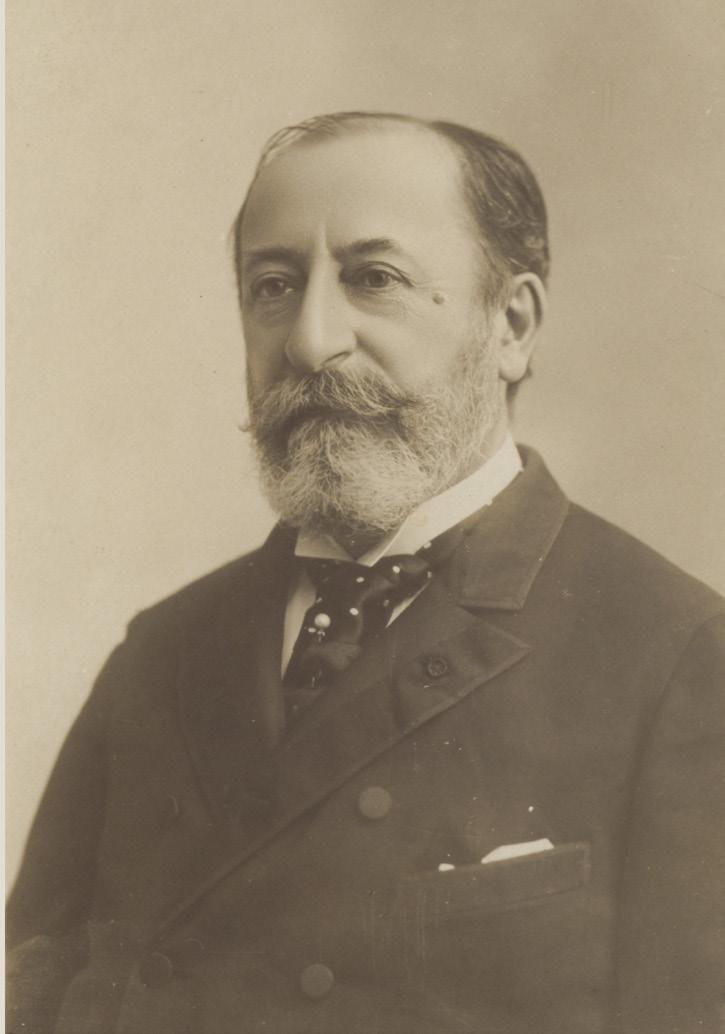
by the Société Nationale. Saint-Saëns was adamant that it should not, warning of the damage that Wagnerian influence was wreaking on opera in particular: “Gradually the music has become shapeless and reduced to an indiscernible and liquefied porridge”. He eventually resigned as vicepresident in protest.
But while Saint-Saëns’ role in the Société Nationale increasingly positioned him as a reactionary, many outside France continued to view him as the leading light of French music. It seems fitting, then, that it was from London that the prompt arrived for Saint-Saëns’ Symphony No. 3, now one of his most popular works; and also that the symphony was dedicated to the memory of Liszt, who died shortly after its premiere in 1886. His distinctly un-Gallic influence can be felt in the work’s formal boldness (the conventional four symphonic movements subsumed into two large-scale sections) and in the subtle reworking of thematic material across the piece as a whole.
Saint-Saëns’ Symphony No. 3 was commissioned by the Philharmonic Society, the same august organisation that had commissioned Beethoven’s Ninth Symphony decades earlier. Saint-Saëns was initially invited to perform a piano concerto with the orchestra: any concerto of his choice, although “one of your own compositions” was their preference. Saint-Saëns accepted, explaining that he’d instead be writing a new symphony. A few months later he wrote again with a warning. He was now in mid-flow with composition, but the symphony was becoming “formidable”. Above all, he was concerned about its huge orchestra – including not only the organ that enters to unforgettable effect in its finale, but also two pianos, a piccolo, a bass clarinet, a contrabassoon, a mixture of valved and natural horns and trumpets, a battery of percussion, three trombones and a tuba. “Luckily there are no harps”, he added.
The composer himself conducted the premiere at St James’s Hall, reporting afterwards that it had been “a colossal success”. Critics nevertheless seemed unsure what to make of such irresistibly, unapologetically enjoyable music. As one British writer put it, pondering how to make sense of such a monumental composition by a French composer, “We should sooner think of a serious dissertation on the Brighton Pavilion.” Had he seen that review, Saint-Saëns would probably have been faintly amused. As he described himself: “I am an eclectic spirit. It may be a great defect, but I cannot change it: one cannot make over one’s personality”.
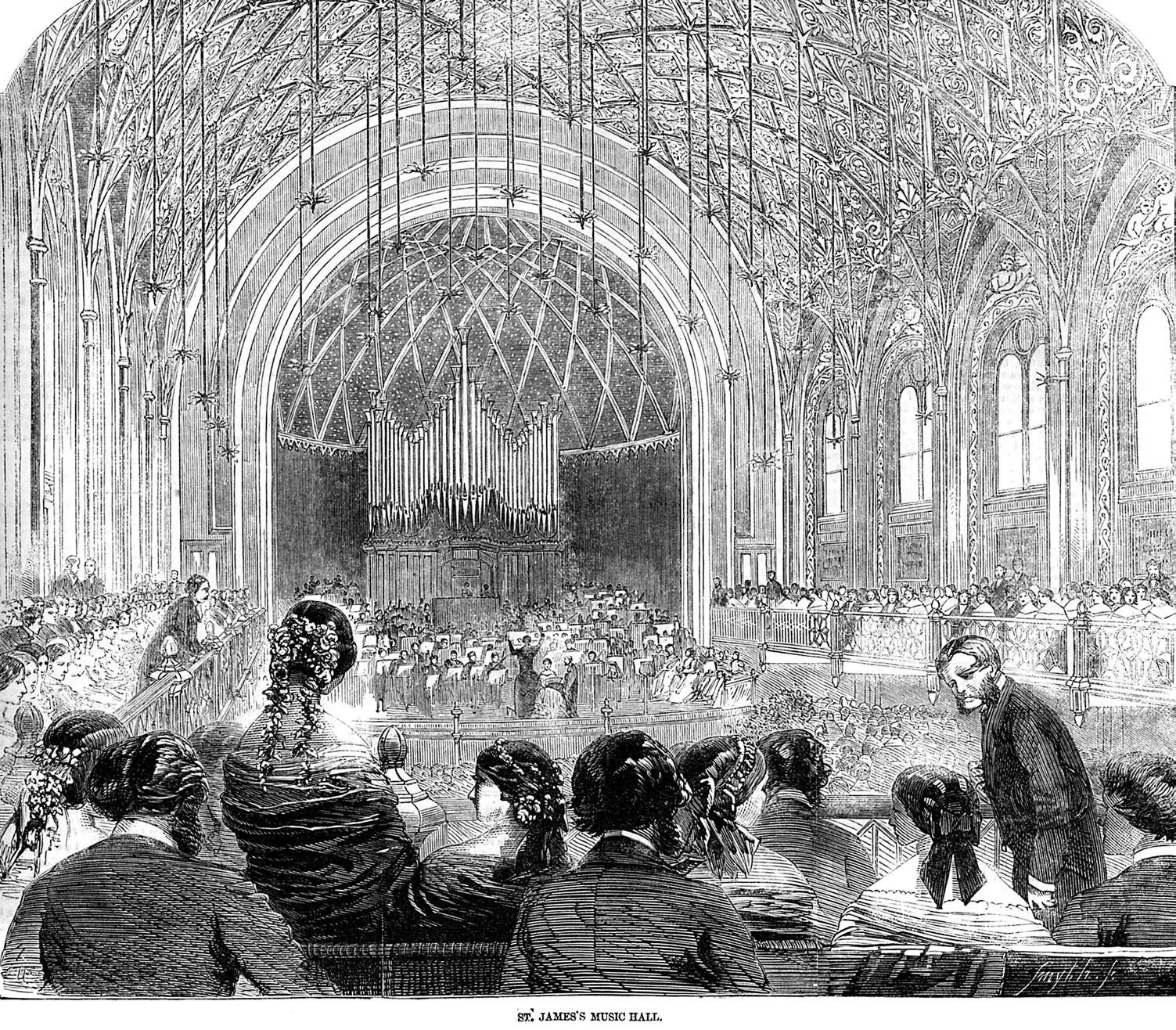
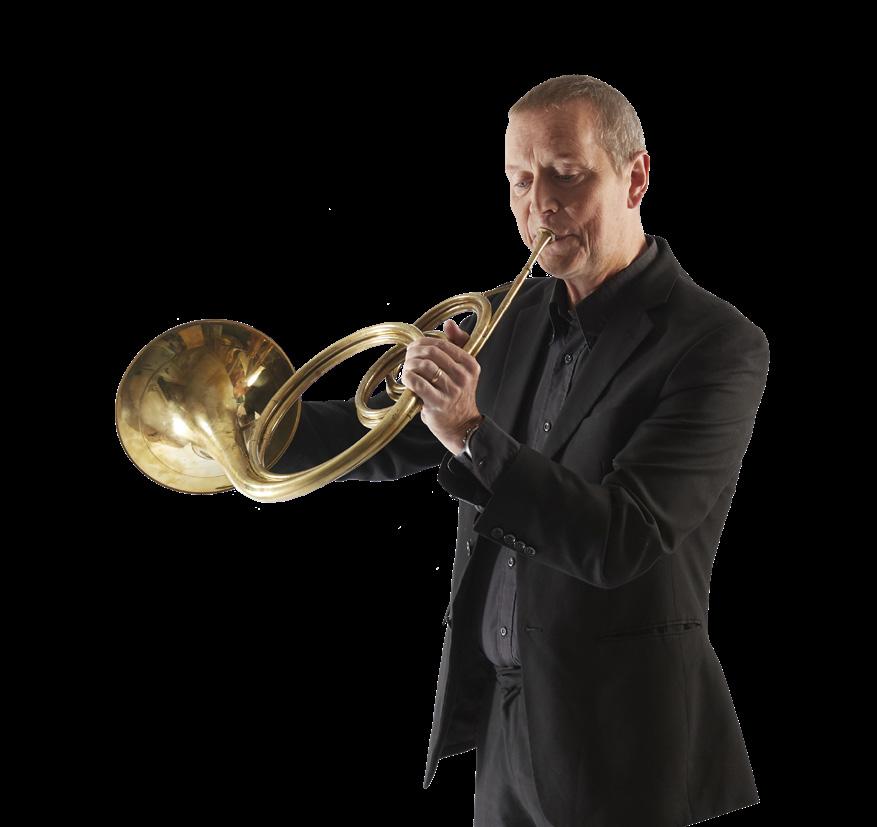
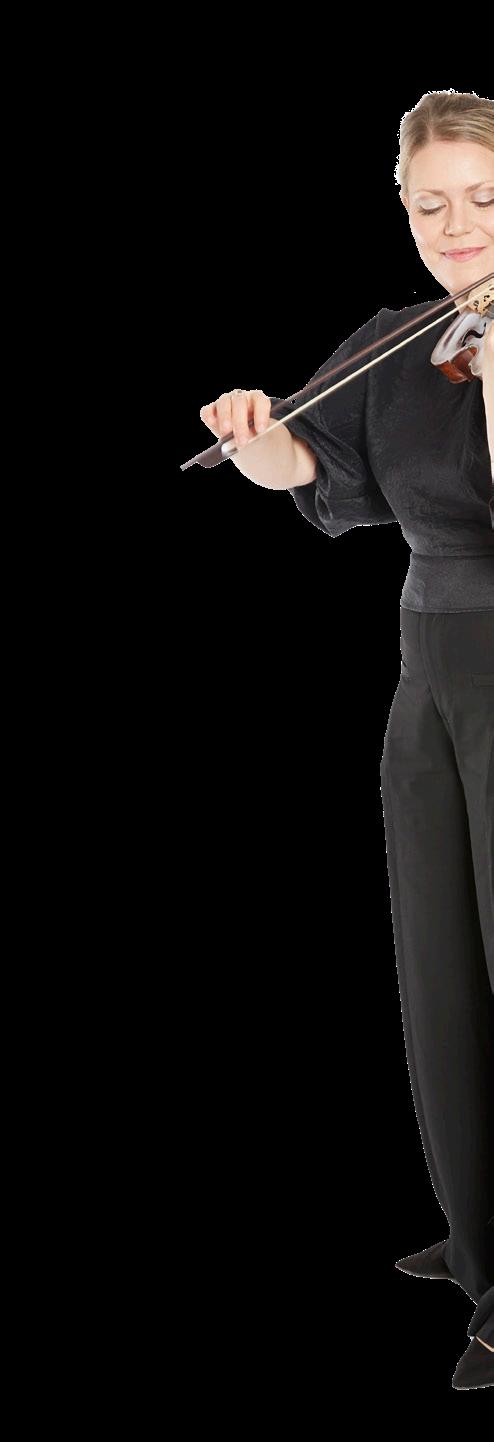
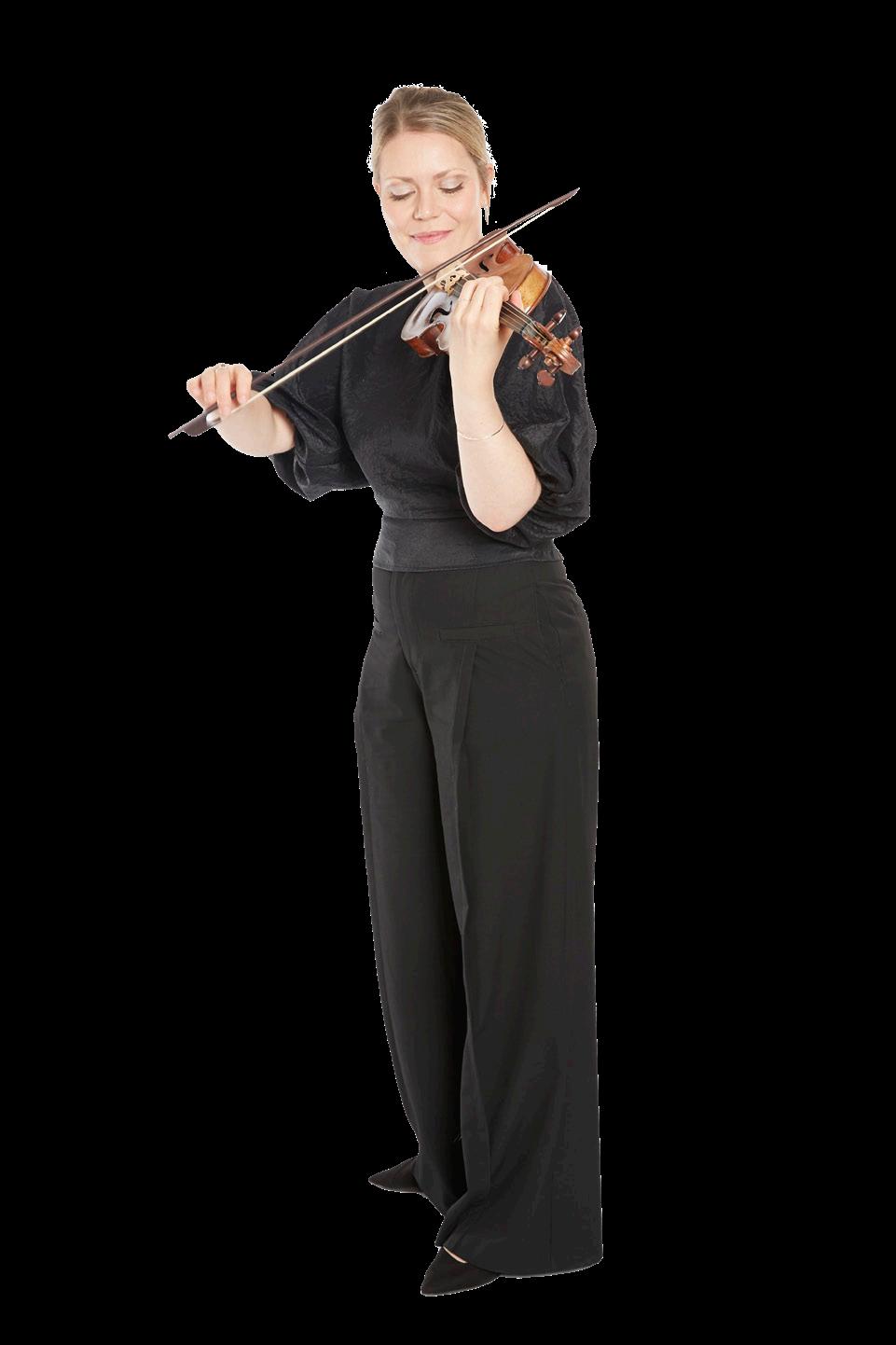
... our new free-to-all digital community.

Like all the best clubs we want to make it a place where you’ll explore the music you’re a fan of, enjoy special offers, get involved in competitions and other activities, be part of our creative conversation and have plenty of fun.
Find out more and sign-up now at oae.co.uk/club
Be in our Club.
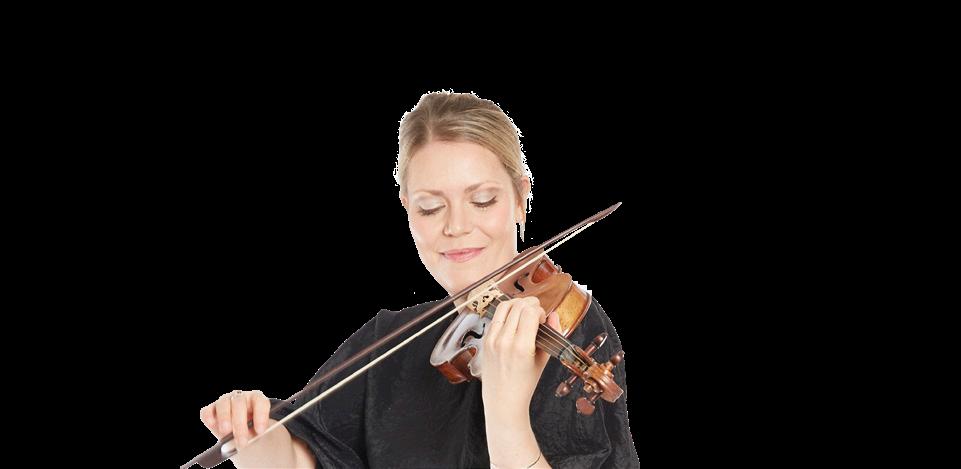
Born in 1988, Maxim Emelyanychev studied in Nizhny Novgorod and at the Moscow State Tchaikowsky Conservatory, where he studied conducting with Gennady Rozhdestvensky and the fortepiano and harpsichord with Maria Uspenskaa. He made his conducting debut at the age of 12. In 2013 he became Chief Conductor of the Nizhny Novgorod Soloists Chamber Orchestra and Chief Conductor of Il Pomo d”Oro which he has led in a wideranging concert and opera repertory. He was appointed Principal Conductor of the Scottish Chamber Orchestra in 2019. Since then they have toured Europe and the USA and performed together at the BBC Proms and at the Edinburgh International Festival in 2021 and 2022.
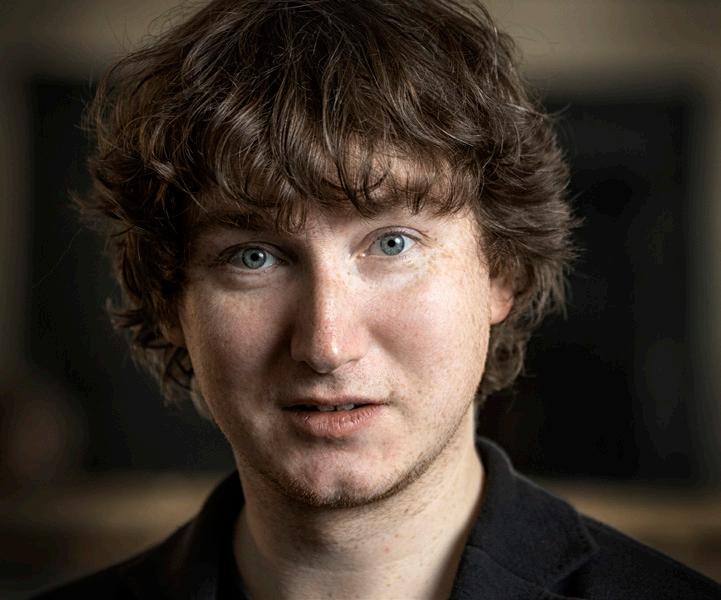
In addition to numerous productions with Il Pomo d’Oro, his opera engagements include Don Giovanni in Seville, Die Enführung aus Serail in Zurich, Rinaldo at Glyndebourne, Agrippina for the Royal Opera, La clemenza di Tito in Geneva and Le nozze di Figaro in Toulouse.
Last season’s symphonic debut with the Royal Concertgebouw Orchestra and the Deutsches Sinfonie Orchester Berlin have led to returns to both orchestras in 2023 / 24 and 2024 / 25. Other engagements include the London Philharmonic Orchestra, the Philharmonia Orchestra, Orchestre de Paris, Swedish Radio Symphony Orchestra, Orchestre Philharmonique de Luxembourg, Accademia Nazionale di Santa Cecilia. His 2022 / 23 season sees him making his debut with the Berliner Philharmoniker, Czech Philharmonic, New Japan Philharmonic, Bergen Philharmonic, Rotterdam Philharmonic, Munich Philharmonic orchestras. His recordings include two Gramophone Award-winning discs with Joyce DiDonato, an awardwinning disc of Mozart piano sonatas; and a recording of works by Beethoven and Brahms with the Nizhny Novgorod Soloists Chamber. In 2013 he won the Golden Mask as the fortepianist in Le nozze di Figaro in Perm, and in 2019 he received the Newcomer Award at the International Opera Awards.
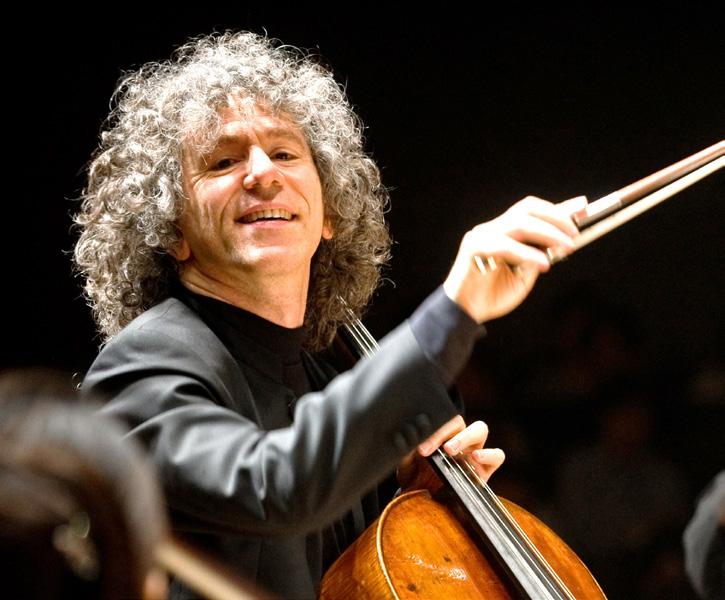
Acclaimed worldwide for his profound musicianship and technical mastery, British cellist Steven Isserlis enjoys a uniquely varied career as a soloist, chamber musician, educator, author and broadcaster. He appears with the world’s leading orchestras and conductors, and gives recitals in major musical centres. As a chamber musician, he has curated concert series for many prestigious venues, including London’s Wigmore Hall, New York’s 92nd St Y, and the Salzburg Festival. Unusually, he also directs chamber orchestras from the cello in classical programmes.
He has a strong interest in historical performance, working with many periodinstrument orchestras and giving recitals with harpsichord and fortepiano. He is also a keen exponent of contemporary music and has given many premieres of new works, including John Tavener’s The Protecting Veil and many other works, Thomas Adès’ Lieux retrouvés, three works for solo cello by György Kurtág, and pieces by Heinz Holliger and Jörg Widmann.
Steven’s wide-ranging discography includes J S Bach’s complete solo cello suites (Gramophone’s Instrumental Album of the Year), Beethoven’s complete works for cello and piano, concertos by C P E Bach and Haydn, the Elgar and Walton concertos, and the Brahms double concerto with Joshua Bell and the Academy of St Martin in the Fields.
Since 1997, Steven has been Artistic Director of the International Musicians Seminar at Prussia Cove, Cornwall. He also enjoys playing for children, and has created three musical stories, with the composer Anne Dudley. His two books for children, published by Faber & Faber, have been translated into many languages; his latest book for Faber is a commentary on Schumann’s Advice for Young Musicians, and a book about the Bach suites was published in 2021. He has also devised and written two evenings of words and music, one describing the last years of Robert Schumann, the other devoted to Marcel Proust and his salons, and has presented many programmes for radio, including documentaries about two of his heroes – Robert Schumann and Harpo Marx. The recipient of many awards, Steven’s honours include a CBE in recognition of his services to music, the Schumann Prize of the City of Zwickau, the Piatigorsky Prize and Maestro Foundation Genius Grant in the U.S, the Glashütte Award in Germany, the Gold Medal awarded by the Armenian Ministry of Culture, and the Wigmore Medal.
Steven plays the ‘Marquis de Corberon’ Stradivarius of 1726, on loan from the Royal Academy of Music.
James McVinnie’s work as a performer encompasses music from the 16th Century to the present day. He has collaborated with many leading figures in new music including Philip Glass, Tom Jenkinson / Squarepusher, Angelique Kidjo, Nico Muhly, Martin Creed, Richard Reed Parry, Bryce Dessner, Darkstar, Hildur Guðnadóttir, David Lang, Sarah Davachi many of whom have written large scale works for him.
James is a member of Icelandic record label Bedroom Community. Cycles, his debut recording of music written for him by Nico Muhly, was released on this label in 2013 to widespread critical acclaim. An album of music by Philip Glass, ‘The Grid’, was released on Orange Mountain Music in 2018. All Night Chroma, an album of works by Tom Jenkinson / Squarepusher was released on Warp Records in September 2019.
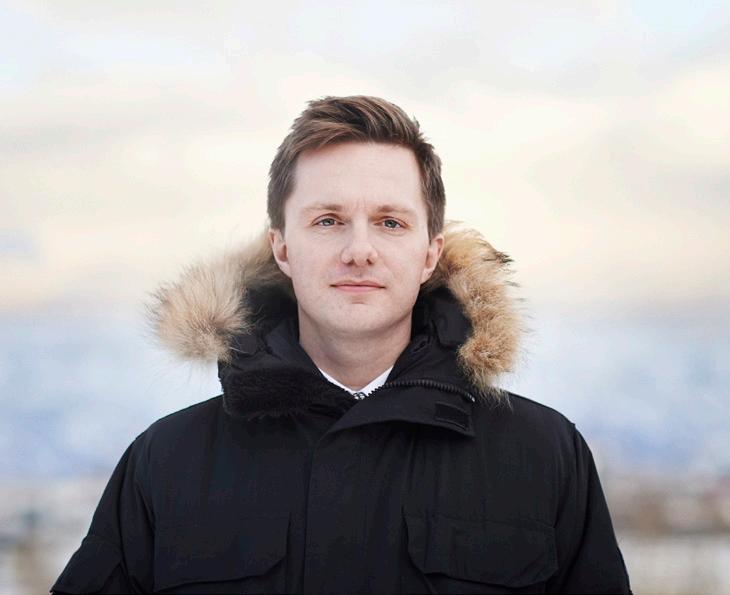
This season’s highlights include the first performances of Philip Glass’ Symphony No.12 (‘Lodger’) with Angekique Kidjo and the Los Angeles Philharmonic under John Adams and in London with the London Contemporary Orchestra at the Southbank Centre, Messiaen recitals in Lieu Unique Festival, performances of Nico Muhly’s organ concerto with the Philadelphia Orchestra, an eveninglength collaboration with electronic duo Darkstar for the SPCO’s ‘Liquid Music’ series. He also appears in recital at Paris Philharmonie and London’s Southbank Centre and the Barbican.
James was Assistant Organist of Westminster Abbey between 2008 and 2011. Prior to this appointment, he held similar positions at St Paul’s Cathedral, St Albans Cathedral, and Clare College, Cambridge where he studied music. His teachers were Sarah Baldock, Thomas Trotter and Hans Fagius. He made his debut at the Southbank Centre’s Royal Festival Hall in March 2014, giving one of the six reopening recitals on the refurbished iconic 1954 Harrison & Harrison organ. He made his solo debut in the Salzburg Festival at age 26 performing with the Freiburg Baroque Orchestra under Ivor Bolton.
....with small production, longer ageing and a constant focus on quality, Champagne Deutz is the Grande Marque Champagne with boutique philosophies.

Explore the complete Deutz range at Fortnum & Mason, Piccadilly, London.
Please enjoy Deutz Responsibly.
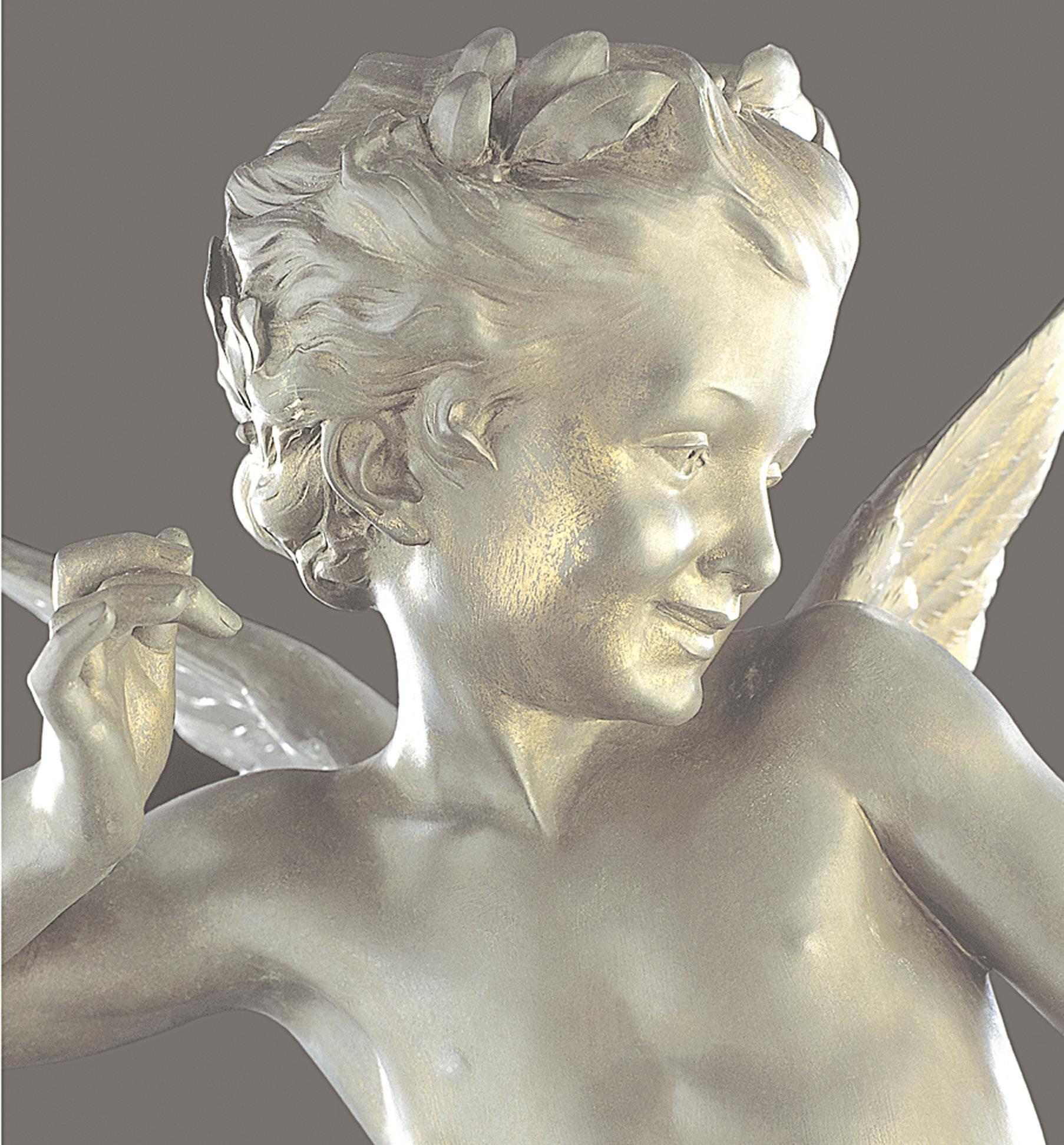
In 1986, a group of inquisitive London musicians took a long hard look at that curious institution we call the Orchestra, and decided to start again from scratch. They began by throwing out the rulebook. Put a single conductor in charge? No way. Specialise in repertoire of a particular era?


Too restricting. Perfect a work and then move on? Too lazy. The Orchestra of the Age of Enlightenment was born.


And as this distinctive ensemble playing on period-specific instruments began to get a foothold, it made a promise to itself. It vowed to keep questioning, adapting and inventing as long as it lived. Residencies at the Southbank Centre and the Glyndebourne Festival didn’t numb its experimentalist bent. A major record deal didn’t iron out its quirks. Instead, the OAE examined musical notes with ever more freedom and resolve.

That creative thirst remains unquenched. The Night Shift series of informal performances are redefining concert formats. Its former home at London’s Kings Place has fostered further diversity of planning and music-making. The ensemble has formed the bedrock for some of Glyndebourne’s most groundbreaking recent productions.
In keeping with its values of always questioning, challenging and trailblazing, in September 2020, the OAE became the resident orchestra of Acland Burghley School, Camden. The residency – a first for a British orchestra – allows the Orchestra of the Age of Enlightenment to live, work and play amongst the students of the school.

Now more than thirty years old, the OAE is part of our musical furniture. It has even graced the outstanding conducting talents of Elder, Rattle, Jurowski, Iván Fischer and John Butt with a joint title of Principal Artist. But don’t ever think the ensemble has lost sight of its founding vow. Not all orchestras are the same. And there’s nothing quite like this one.
Andrew MellorChief Executive
Crispin Woodhead General Manager
Edward Shaw Finance & Governance Director
Pascale Nicholls Projects Director Jo Perry Education Director Cherry Forbes Marketing Director Doug Buist Acting Development Director
Natalie Docherty Education Officer
Andrew Thomson Projects Manager
Sophie Adams Finance Manager Fabio Lodato Head of Digital Content Zen Grisdale Head of Individual Giving Alisdair Ashman Box Office & Data Manager Paola Rossi Development Manager Kiki Betts-Dean Development Officer Luka Lah Projects Officer Ed Ault Marketing Officer
Dora Tsang Development Officer Sabrina Pui Yee Chin Accounts Officer Chloe Tsang
Social Media & Digital
Content Officer
Shyala Smith Orchestra Consultant

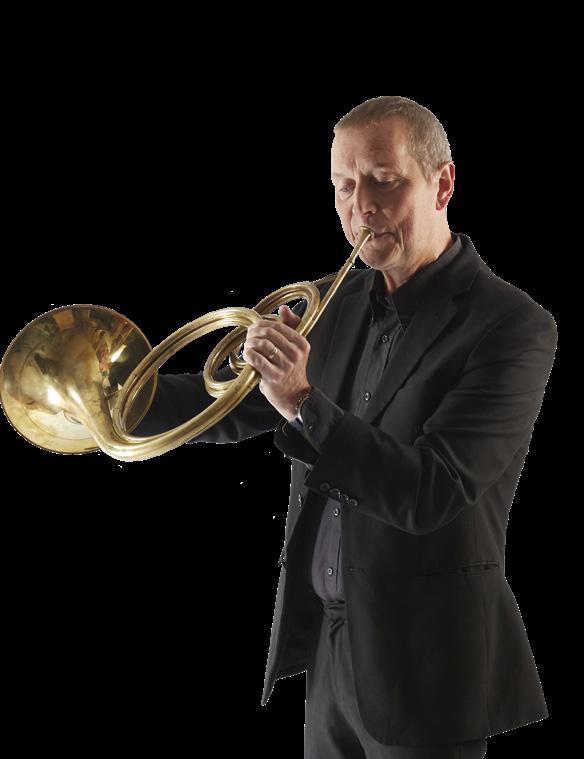
Philippa Brownsword Choir Manager
David Clegg Librarian Roy Mowatt
Leaders Huw Daniel Kati Debretzeni Margaret Faultless Matthew Truscott
Players’ Artistic Committee
Adrian Bending Steven Devine Andrew Roberts Katharina Spreckelsen Christine Sticher
Principal Artists
John Butt Sir Mark Elder Iván Fischer
Vladimir Jurowski Sir Simon Rattle Sir András Schiff Emeritus Conductors William Christie Sir Roger Norrington Life President Sir Martin Smith
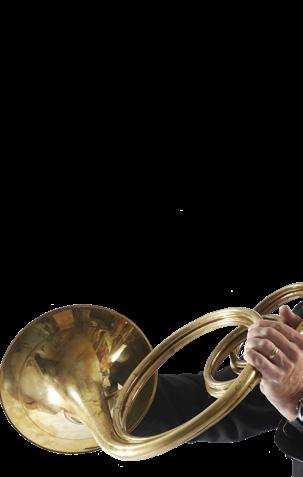
Board of Directors
Imogen Overli [Chair]
Adrian Bending Daniel Alexander Steven Devine Denys Firth Adrian Frost
Alison McFadyen
David Marks
Rebecca Miller Andrew Roberts
Katharina Spreckelsen
Matthew Shorter Christine Sticher Dr. Susan Tranter
Crispin Woodhead
OAE Trust
Adrian Frost [Chair]
Mark Allen Paul Forman
Steven Larcombe
Alison McFadyen Imogen Overli
Rupert Sebag-Montefiore Maarten Slendebroek Sir Martin Smith Caroline Steane Jessica Kemp
Honorary Council Sir Martin Smith [Chair] Sir Victor Blank
Edward Bonham Carter
Cecelia Bruggemeyer
Nigel Jones
Stephen Levinson Max Mandel Marshall Marcus Julian Mash Greg Melgaard Roger Montgomery Susan Palmer OBE
Jan Schlapp
Diane Segalen
Susannah Simons Lady Smith OBE Emily Stubbs
Rosalyn Wikinson Mark Williams
John Armitage Charitable Trust Denys and Vicki Firth
Adrian Frost Imogen Overli Sir Martin and Lady Smith OBE
Julian and Annette Armstrong Nigel Jones and Françoise Valat-Jones Philip and Rosalyn Wilkinson Mark and Rosamund Williams
Ian S Ferguson CBE and Dr Susan Tranter Bruce Harris Selina and David Marks
ABS Circle
Sir Victor and Lady Blank Sir Martin and Lady Smith Peter Cundill Foundation
Steven Larcombe
Peter and Veronica Lofthouse Stanley Lowy Gary and Nina Moss
Rupert Sebag-Montefiore Maarten and Taina Slendebroek Caroline Steane Eric Tomsett
Mrs Nicola Armitage
– Education Director
Victoria and Edward Bonham Carter
– Principal Trumpet Katharine Campbell – Violin
Anthony and Celia Edwards
– Principal Oboe James Flynn QC
– Co-Principal Lute / Theorbo
Paul Forman
– Co-Principal Cello / Violin / Co-Principal Horn Jonathan Gaisman
– Viola
Michael and Harriet Maunsell
– Principal Keyboard Christina
– Flute
Jenny and Tim Morrison
– Second Violin Caroline Noblet
– Oboe
Andrew Nurnberg
– Co-Principal Oboe Professor Richard Portes CBE FBA
– Co-Principal Bassoon John and Rosemary Shannon
– Principal Horn Sue Sheridan OBE – Education
Crispin Woodhead and Christine Rice
– Principal Timpani
Stephen and Patricia Crew Sir Timothy and Lady Lloyd Susan Palmer OBE
Andrew and Cindy Peck Professor Richard Portes CBE FBA
Charles and Julia Abel Smith
Damaris Albarrán
Noël and Caroline Annesley
Sir Richard Arnold and Mary Elford Hugh and Michelle Arthur George and Kay Brock
Catherine and Barney Burgess David and Marilyn Clark David Emmerson
Claire Espiner
Jonathan Parker Charitable Trust
Roger Heath MBE and Alison Heath MBE
Peter and Sally Hilliar Madeleine Hodgkin
Kristin Konschnik
Moira and Robert Latham
Sir Timothy and Lady Lloyd Roger Mears and Joanie Speers David Mildon
In Memory Of Lesley Mildon
John Nickson and Simon Rew Andrew and Cindy Peck
Stephen and Penny Pickles
Peter Rosenthal
Michael Spagat
Roger and Pam Stubbs
Emily Stubbs and Stephen McCrum
Paul Tarrant and Jenny Haxell Shelley Von Strunckel Mr J Westwood
Jessica Kemp and Alex Kemp Breandán Knowlton
Natalie Docherty
David Gillbe
Marianne and William Cartwright-Hignett
Marina Abel Smith
Peter Yardley-Jones Sam Hucklebridge
Michael Brecknell
Gerard Cleary
Mr and Mrs C Cochin De Billy Chris Gould Alison and Ian Lowdon
Dennis and Sheila Baldry
Haylee and Michael Bowsher
Tony Burt
Christopher Campbell Sir Anthony and Lady Cleaver
David Cox
Stephen and Cristina Goldring Rachel and Charles Henderson Malcolm Herring
Patricia Herrmann
Rupert and Alice King Anthony and Carol Rentoul Stephen and Roberta Rosefield
Bridget Rosewell David and Ruth Samuels
Her Honour Suzanne Stewart Simon and Karen Taube Susannah Simons
Tony Baines
Penny and Robin Broadhurst Graham and Claire Buckland
Dan Burt
Michael A Conlon Mrs SM Edge Mrs Mary Fysh Mr Simon Gates Martin and Helen Haddon Ray and Liz Harsant
The Lady Heseltine Mrs Auriel Hill Rose and Dudley Leigh
Julian Markson
Stuart Martin
Richard I Morris Jr Mike Raggett
Hugh Raven Alan Sainer
Matthew and Sarah Shorter Mr and Mrs Tony Timms Mrs Joy Whitby David Wilson
Harold Hyam Wingate Foundation
Henocq Law Trust
The 29th May 1961 Charity Stanley Picker Trust Thriplow Charitable Trust
Julian and Annette Armstrong Old Possum’s Practical Trust
The 29th May 1961 Charity Fenton Arts Trust
The Garrick Charitable Trust
The Michael Marks Charitable Trust Thriplow Charitable Trust
Arts Council England
Esmee Fairbairn Foundation
Paul Hamlyn Foundation
Steel Charitable Trust
The Linbury Trust
The John Lyon’s Charity National Foundation For Youth Music
The Charles Peel Charitable Trust
Orchestras Live Apax Foundation
Peter Cundill Foundation
The Brian Mitchell Charitable Settlement
The Patrick Rowland Foundation
Peter Cundill Foundation
The Geoffrey Watling Charity
The Britford Bridge Trust Dreamchasing Foundation
Albert and Eugenie Frost Music Trust
Champagne Deutz Mark Allen Group Swan Turton
Paper sculptures by Justin Rowe daysfalllikeleaves.com
We were delighted to bring The Moon Hares to the Queen Elizabeth Hall at the beginning of November as part of the OAE’s season Songs of Travel It was a truly magical evening! The OAE were joined on stage by a band and company of dancers from Acland Burghley School (ABS), 110 pupils from three Camden primary schools and an adult choir made up of singers from our UK residencies, Camden Music and ABS staff. It was a real celebration of the OAE’s partnerships across the country and our residency at ABS.
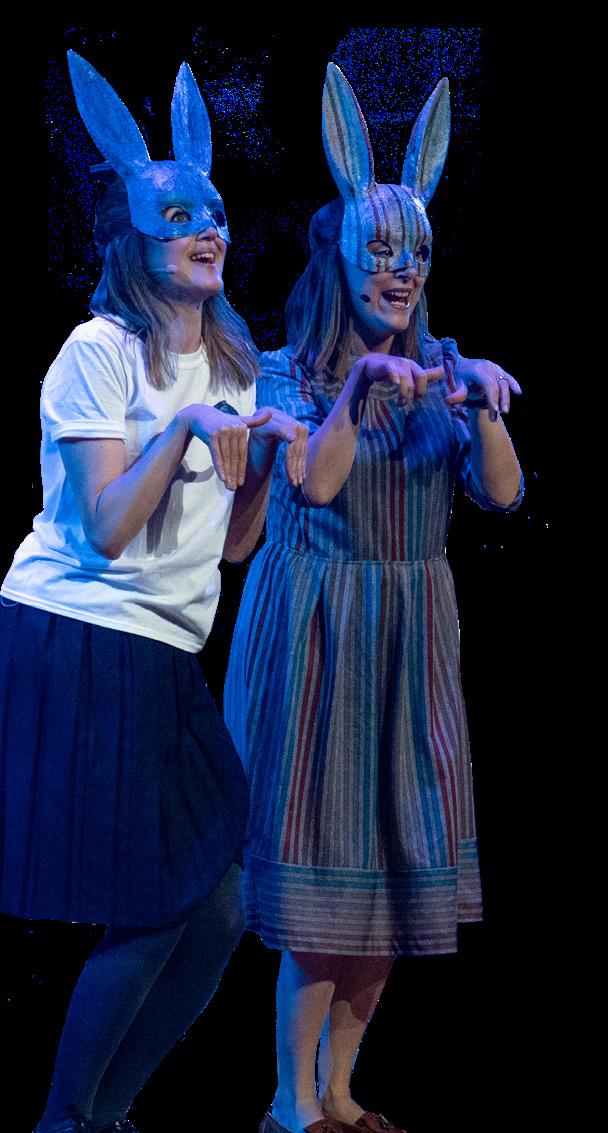
‘...At the end of the show, seeing the pride and sense of achievement on the faces of the young performers, I couldn’t suppress the tears!’
– PARENT
‘I thought the project as a whole was great: the children were enabled to succeed and feel included and proud of themselves. ALL children, including those with complex needs, were able to remember actions, some words and the tune, which was fantastic.’
– PRIMARY CLASS
‘ The internationally renowned Orchestra of the Age of the Enlightenment pushes its mission to enlighten to the max, currently basing itself at Acland Burghley school, Tufnell Park, London, working closely with the students. That collaboration has produced some remarkable results, not The Moon Hares, a touring community opera that takes music from Purcell’s Dioclesian – with additional attractive material from composer James Redwood – to tell Hazel Gould’s enchanting modern fable about self-realisation and freedom. Hundreds of schoolchildren around the country have already taken part. Last week, singers Kirsty Hopkins, Charmian Bedford, Timothy Dickinson and Robert Gildon were joined by terrific musicians and dancers from Acland Burghley and a gloriously enthusiastic, wonderfully rehearsed choir from three London primaries. It’s the turn of Wiltshire schools later this month. Lucky them.
Our subsequent performance at the Wiltshire Music Centre of The Moon Hares later in November, with a completely different set of participants, was equally magical but very different reflecting the local community and our partners in Wiltshire.
A programme to involve, empower and inspire
Our programme for this academic year is well underway and to give you a sense of the range of our activity to come in 2023 we are planning:
At our home base at Acland Burghley School:
• A host of activity from our Musical Connections project to dance projects, Encounter Sessions, Young Producers programme, Playlist sessions to study days, a new string project and much more!
In our Residencies:
• North Walsham Residency to include a dance and music project alongside TOTS, schools and community concerts across the year
• York residency to include TOTS The King of the Sea and The Magic Flute for KS1 pupils
• Durham Residency to include The Magic Flute for KS1 pupils
• King’s Lynn Residency to include The Magic Flute for KS1 pupils
In our London Schools:
• Early years project The King of the Sea
• KS1 project The Magic of Mozart
• KS2 project The Life of the Sea
• KS3 project in Northgate school in Ipswich as part of Musical Connections
Special Needs:
• Work in Swiss Cottage Special school in Camden and Thomas Wolsey Special School in Ipswich as part of the Musical Connections project
• Something Special at the Royal Albert Hall with Swiss Cottage Special School and Great Ormond Street and University College Hospital Schools alongside a choir of 1,500 Camden children
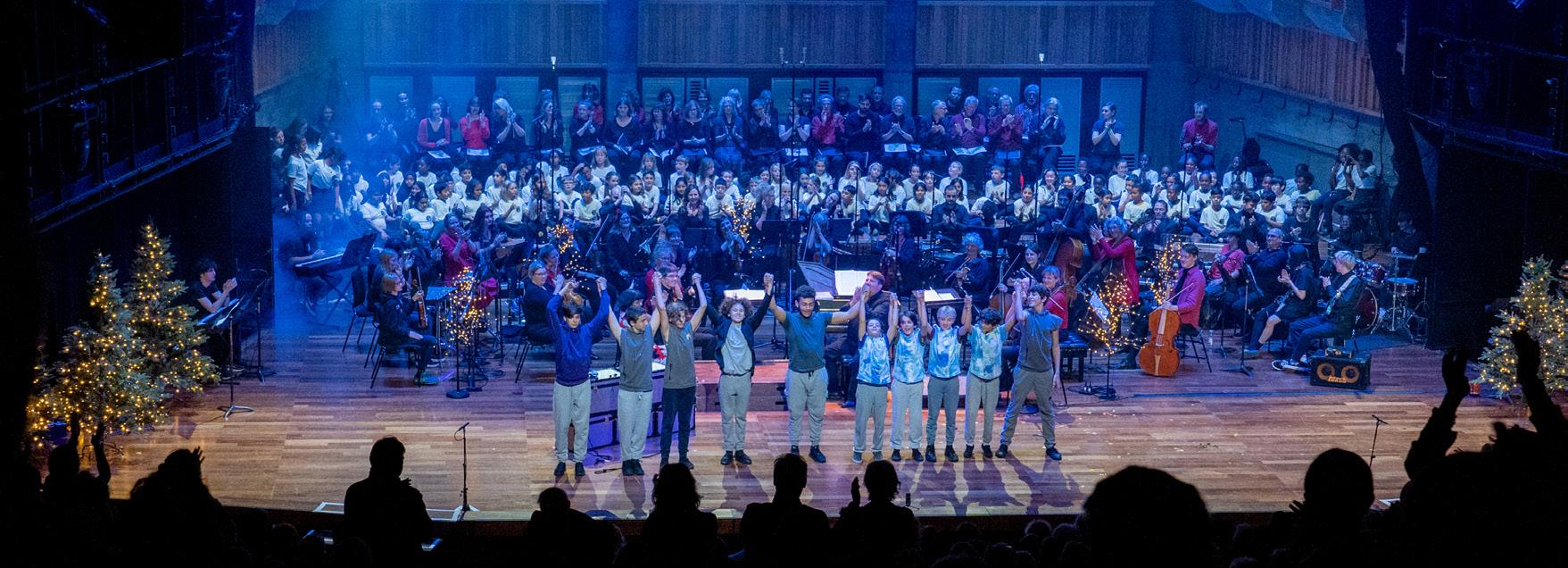
For families:
• Pack your Bags OAE TOTS concerts at the Royal Festival Hall
• OAE TOTS @ LPO FUNharmonics workshops
• York Rise Street Party – The Magic Flute
On our Nurturing Talent strand:
• OAE Experience scheme
• Suffolk Young Strings project
Our participants come from a wide range of backgrounds and we pride ourselves in working flexibly, adapting to the needs of local people and the places where they live. The extensive partnerships we have built up over many years ensure maximum and lasting impact.
We take Inspiration from the OAE’s repertoire, instruments and players. This makes for a vibrant, challenging and engaging programme where everyone is involved; players, animateurs, composers, participants, teachers, partners and stakeholders all have a valued voice.
We do hope you can join us for some of these events!
In September 2020, we took up permanent residence at Acland Burghley School in Camden, North London. The residency –a first for a British orchestra – allows us to live, work and play amongst the students of the school.

Three offices have been adapted for our administration team. We use the Grade II-listed school assembly hall as a rehearsal space, with plans to refurbish it under the school’s ‘A Theatre for All’ project. The school isn’t just our landlord or physical home. Instead, it allows us to build on twenty years of work in the borough through OAE’s long-standing partnership with Camden Music. Having already worked in eighteen of the local primary schools that feed into ABS, the plans moving forward are to support music and arts across the school into the wider community. Our move underpins our core ‘enlightenment’ mission of reaching as wide an audience as possible.
What do backflips, smoke machines and baroque drums all have in common?
Answer: our first video collaboration with Acland Burghley students. We teamed up with year 10 students who performed a dance that they choreographed for their GCSE exam, accompanied by us performing Rameau’s ‘Danse des
Sauvages’ from Les Indes Galantes. After taking inspiration from baroque dances on YouTube and being drawn to the distinctive rhythmic pulse in the Rameau, the pupils sparked enthusiastic discussion with our players to allow the choreography and music to evolve hand in hand. They also had their say in the direction and recording of the music video, which you can watch on our YouTube channel.
We brought The Moon Hares, an opera for young families which we commissioned in 2019, into the school hall and performed it alongside pupils from ABS as well as Gospel Oak and Kentish Town primary schools. The electrifying performance included music both old and new, with sections from Purcell’s 17th century opera Dioclesian mixed with original, modern music by James Redwood. There’s also been a bustle of activity away from the camera in our ongoing private classroom education. We’ve delivered numerous interactive workshops for all students in Years 7, 8 and 9, including an exploration of the orchestra’s instruments, illustrated sessions on blues and jazz compositional techniques as part of curriculum studies and a study a day for all GCSE music students on Bach’s Brandenburg Concerto No.4.
The value of our residency in Acland Burghley School can be realised in many ways beyond the immediate practice of orchestral musicianship.
One of the key objectives in our mission is to lift aspirations and broaden horizons for life beyond school. We want to help students leave school with richer CVs and stronger professional prospects. One great way to do that is to mentor the next generation in all those things we have learned as an organisation. At the start of the 2021 / 2022 school year, we launched our Young Producers’ programme in which we offer mentoring, training and work-placement apprenticeship so that the young people in our new community acquire essential skills in management and production, from budgets, compliance and risk assessment to camera operation and stage design.
We are proud of our first cohort, who have already learned so much and become a key part of our working routine. They will one day graduate as accredited
producers and become the mentors, at our side, for future recruits.

More than just an extra-curricular enterprise, this is a programme that we expect to connect with sixth-form education in the new government T Level examination programme.
Armin Eorsi
Harvey O’Brien
Iremide Onibonoje
Jessica Sexton-Smith
Matas Juskevicius
Michael Hau
Nathan Kilby
Raphael Thornton
Riley Silver
Sidney Crossing
Sophia Vainshtok
Tom Cohen
Daniel Miliband
Jaeden Ferritto
Sacha Cross
Daniel Wilton-Ely
We’re the largest arts centre in the UK and one of the nation’s top visitor attractions, showcasing the world’s most exciting artists at our venues in the heart of London. We’re here to present great cultural experiences that bring people together, and open up the arts to everyone.
The Southbank Centre is made up of the Royal Festival Hall, Queen Elizabeth Hall, Purcell Room, Hayward Gallery, National Poetry Library and Arts Council Collection. We’re one of London’s favourite meeting spots, with lots of free events and places to relax, eat and shop next to the Thames.
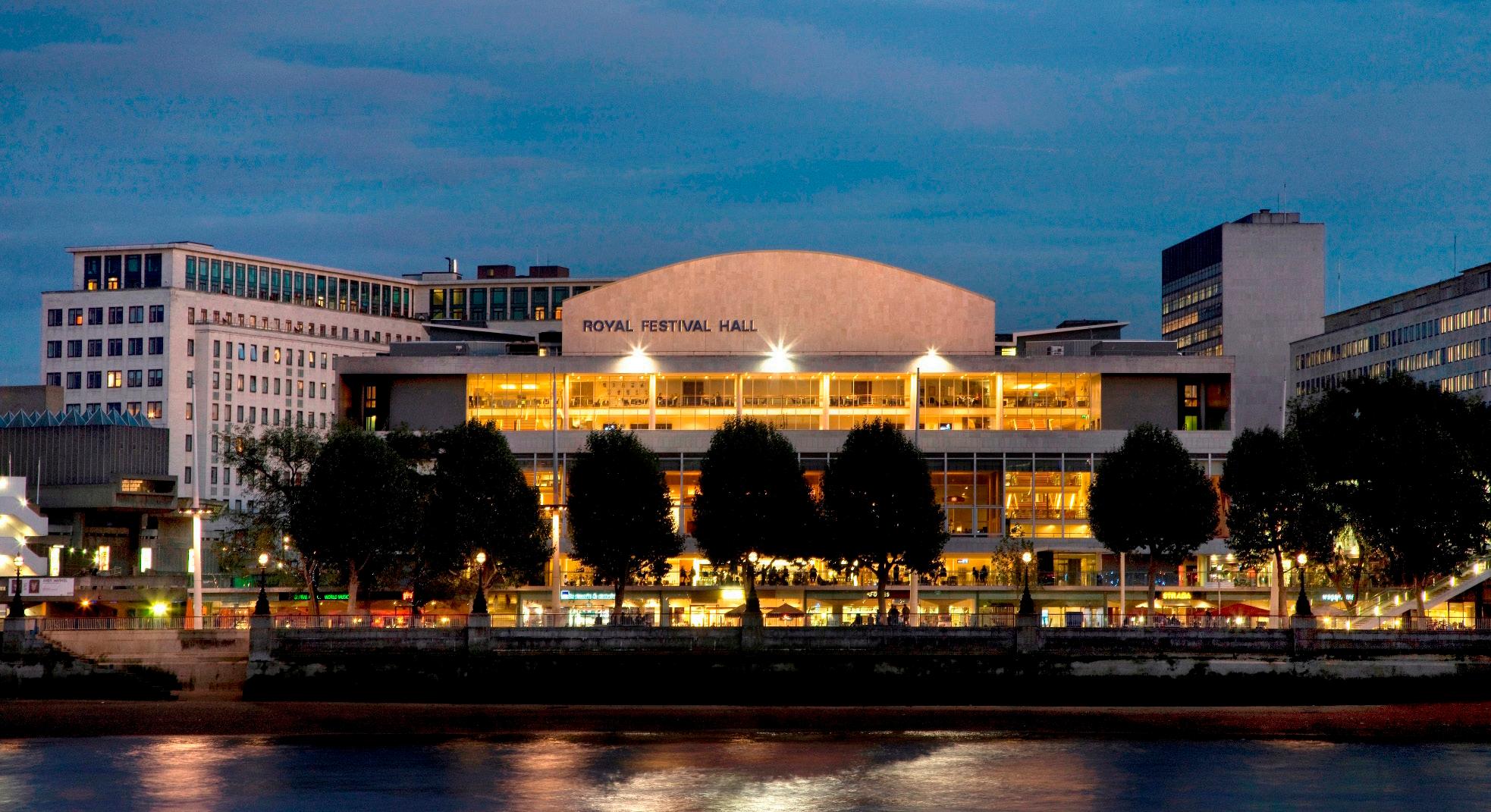
We hope you enjoy your visit. If you need any information or help, please ask a member of staff. You can also write to us at Southbank Centre, Belvedere Road, London SE1 8XX, or email hello@southbankcentre.co.uk
Subscribers to our email updates are the first to hear about new events, offers and competitions. Just head to our website and sign up.
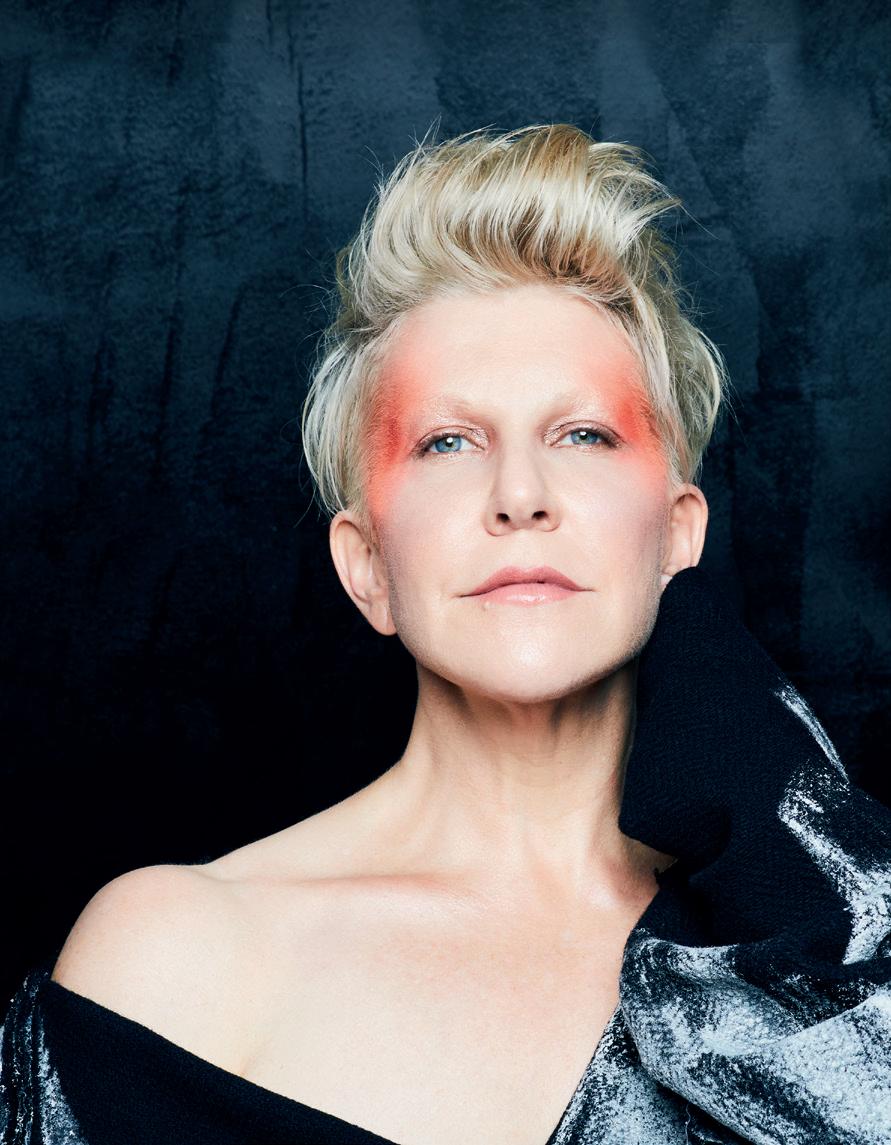






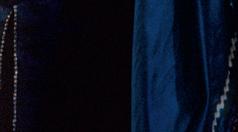

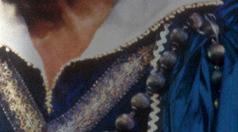
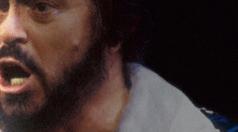
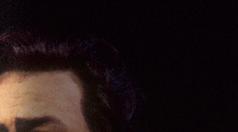





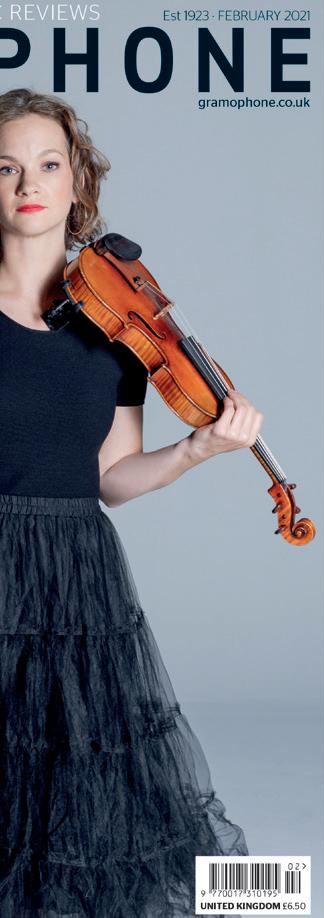











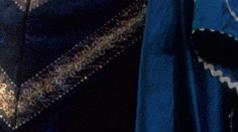
Without the generosity of our Friends, the OAE would not exist. When you become an OAE Friend, you join us in bringing great music to life. We then give you a front-row and behind-the-scenes view of our work, so that you can see the impact that your donation really makes.
This includes supporting our ambitious season of concert performances, digital productions on OAE Player, improving access to music through our Education programme, and our community work at Acland Burghley School.
Whether you wish to watch the rehearsals or get to know the players, a Friends membership offers a heightened OAE concert-going experience and allows you to support the orchestra you love.

Friend – £50
• Personalised ticket booking through the OAE box office with bespoke ticket delivery options, easy exchange refunds, and no booking fees
• Priority booking for Southbank Centre concerts
• An invitation to the Annual Friends Trip*
• Invitations to at least three Open Rehearsals during the Southbank Centre season, free of charge
• Access to private Friends Area at OAE Southbank Centre concerts
• Updates from the Orchestra with regular newsletters and season brochure mailings
All Friend benefits, plus:
• Invitations to at least five Open Rehearsals during the Southbank Centre season, free of charge
• Invitation to a Friends’ Season Preview with our players and CEO, to hear about our upcoming plans*
Silver Friend – £500
All Bronze Friend benefits, plus:
• A chance to win two tickets to an OAE Dress Rehearsal at Glyndebourne Festival Opera
• Invitations to additional daytime and evening OAE rehearsals
* Additional costs may apply
All Supporting Friend benefits, plus:
• Credit in OAE Southbank Centre Programmes, Digital Programmes, and on the OAE website
• An invitation to an annual interval champagne reception with OAE players Gold Friend – £750
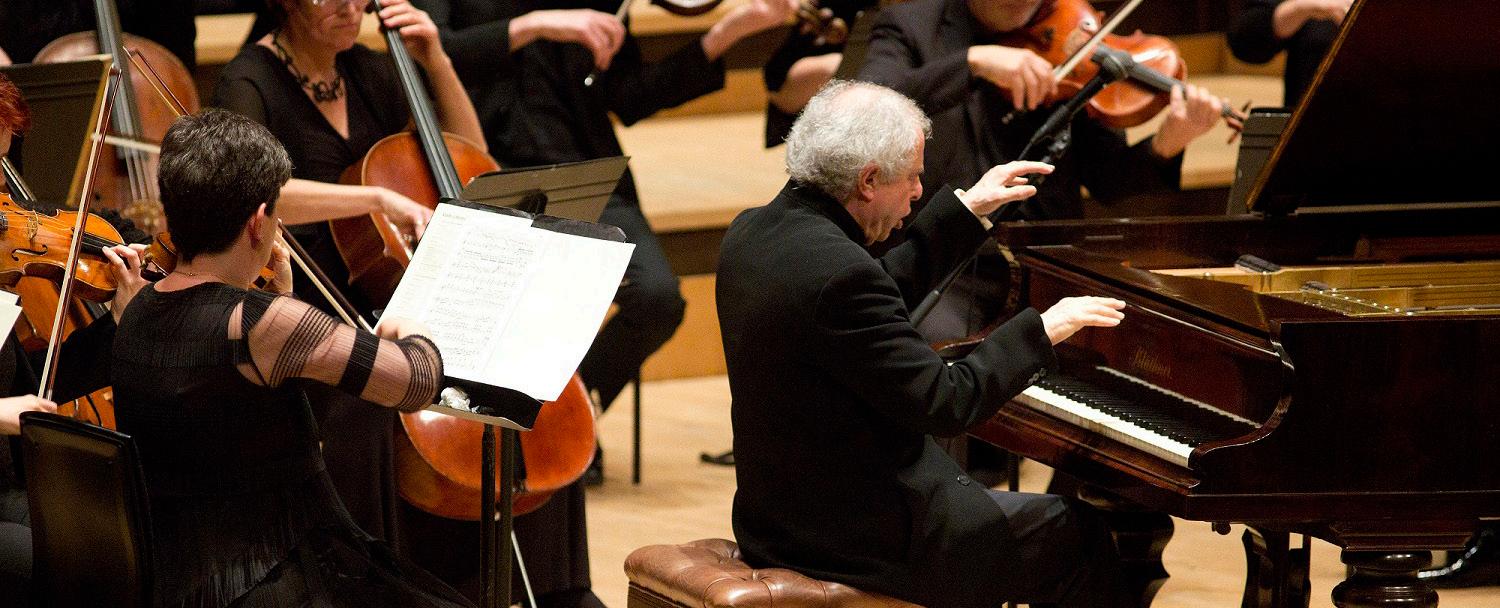
All Silver Friend Benefits, plus:
• An invitation to the launch of the OAE’s Southbank Centre season*
• Opportunity to join OAE players on tour abroad, with a bespoke programme of activity for our supporters*
To become a Friend, scan the QR code, visit oae.co.uk/support-us or contact us at development@oae.co.uk or 020 8159 9317

1 February
Handel Around the World with Ian Bostridge (tenor) 19 March
Bach in Excelsis: The Mass in B Minor with Václav Luks (director) 5 April
Mozart on the Road: Part 1 with Kristian Bezuidenhout (fortepiano) THE NIGHT SHIFT Chamber music down a local pub. 13 Feburary, Islington The Old Queen’s Head 14 March, Kings Cross The Water Rats 25 April, Brixton The Blues Kitchen
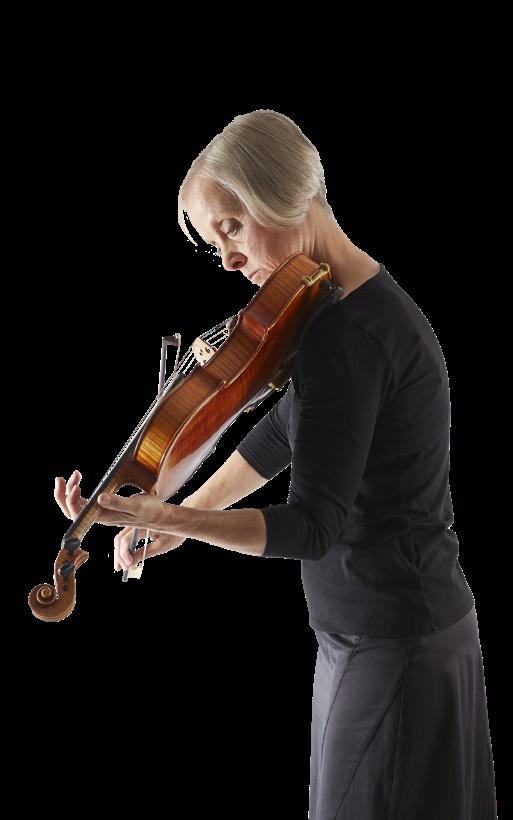


Mission: to explore our place in the cosmos guided by the intergalactic genius of JS Bach. Each monthly event features one of Bach’s cantatas, and other choral and instrumental works, alongside a talk by an eminent astronomer.
Guest speakers include Jocelyn Bell Burnell (the discoverer of pulsar stars, 29 January), Dr Helena Bates (the Natural History Museum, 19 February) and Dr Sheila Kanani (Royal Astronomical Society, 26 March).
Journey around the world as imagined by Handel with tenor Ian Bostridge through a selection of arias from his operas and oratorios.
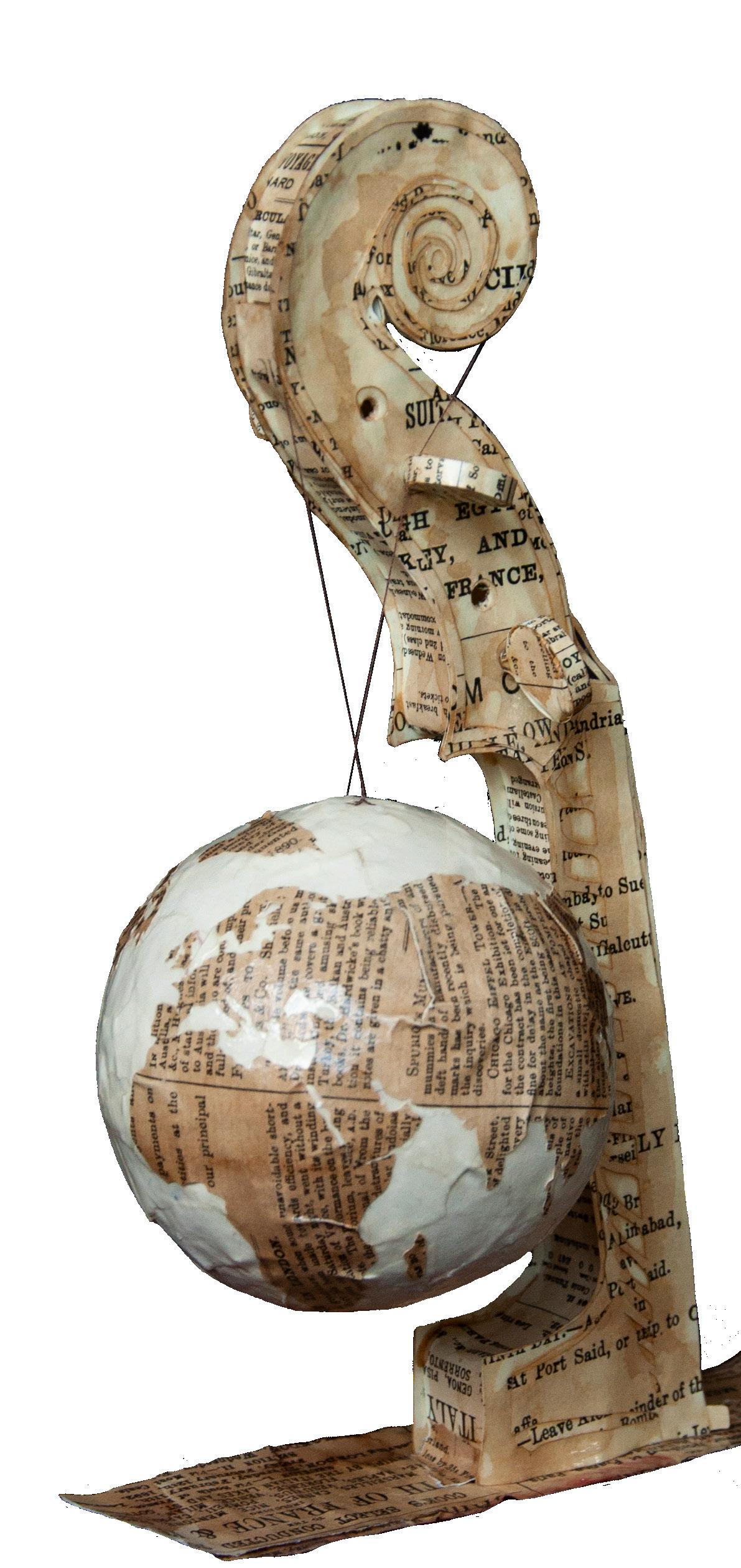
Handel’s deft musical touch gave his audiences tantalising glimpses of the cut and thrust of human life (and the occasional deity) or the taste of spices and wine from distant lands.
Handel’s travels defined the course of his career. His youth was spent travelling in Germany and Italy, where his early operas were produced, before eventually settling in London where he achieved commercial success and became a national icon. In his operas and oratorios he conjured places even further afield and from the past; from the rolling fields of Lombardy to mystical India, mythical Greece to fabled Babylon. The arias selected by Ian Bostridge are interspersed with instrumental pieces by Handel and Georg Muffat.
7.00pm Wednesday 1 February
Queen Elizabeth Hall

